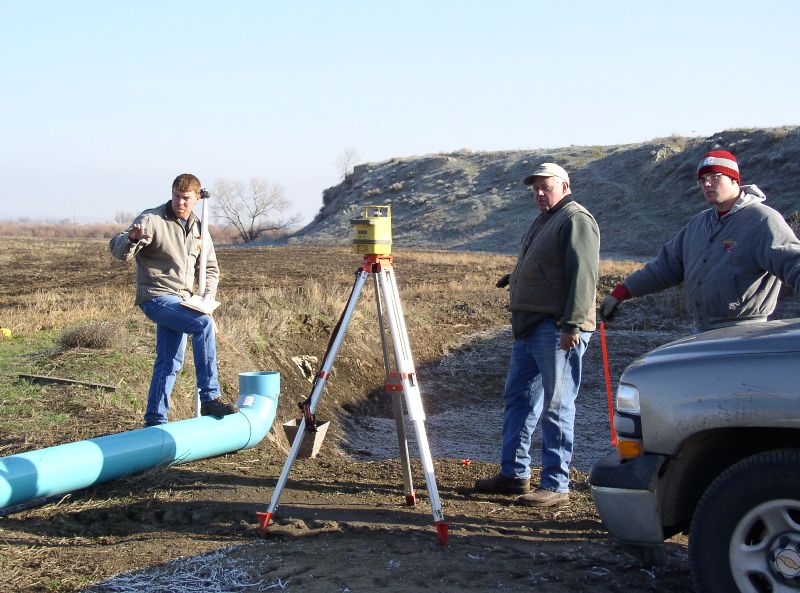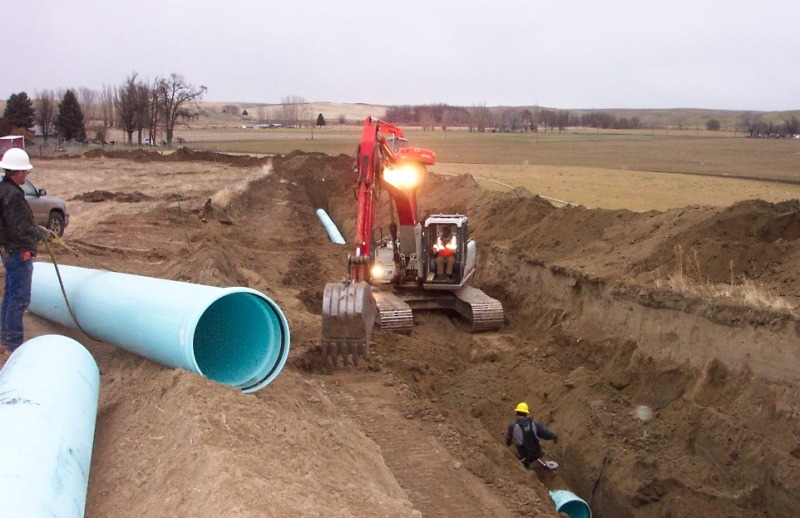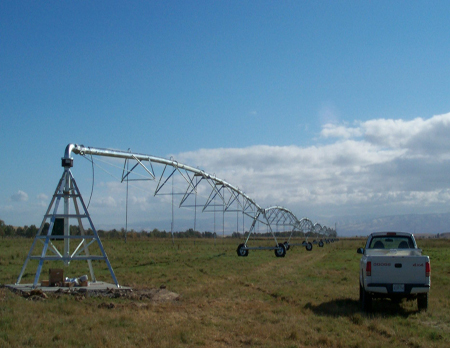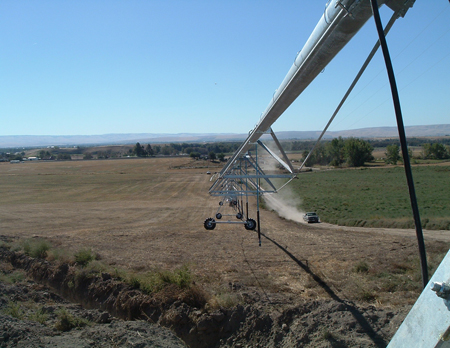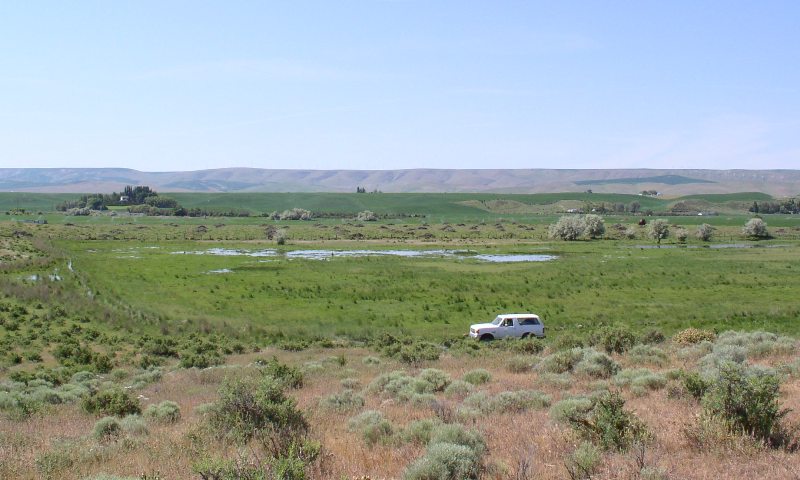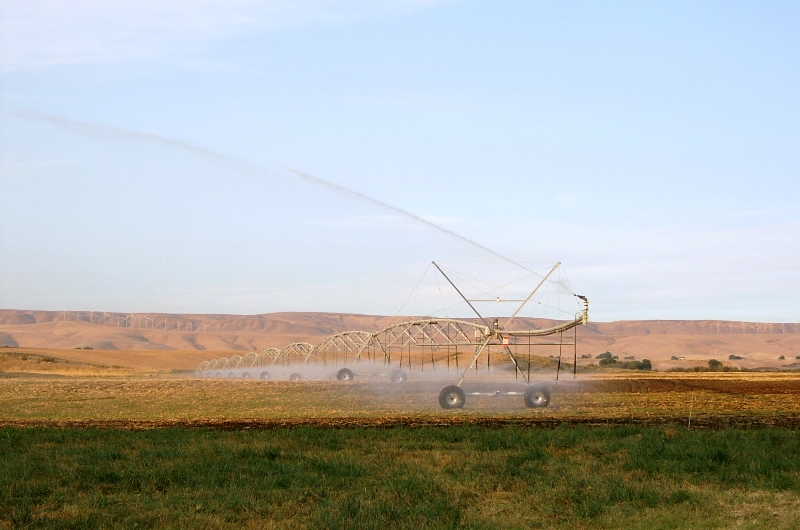Walla Walla County irrigators are leading the way by taking steps to conserve water resources. Low river flows that affect endangered species can impact agricultural irrigation. In an effort to maintain area irrigation and avoid regulatory mandates, the Conservation District is cost-sharing projects to improve efficiency and reduce water loss. Water saved through greater efficiency is placed in trust and left in the river. These projects result in continued irrigation using less water.
Significant accomplishments of the Irrigation Efficiency Program include the following:
- 3 pivot conversions, savings in trust water of 1,800 acre-feet
- Touchet Westside piping, savings in trust water of 1,800 acre-feet
- Touchet Eastside piping, savings in trust water of 1,800 acre-feet
- Gardena Farms Irrigation District South Lateral piping, savings in trust water of 1,700 acre-feet
- Small farms efficiency, 25 system upgrades for water savings of 1.62 cubic feet per second
With new piping, every drop of conveyance water reaches the intended crops. In addition, on-demand irrigation water in a closed system offers the ability to manage water use and increase efficiency. Read more about the extensive Gardena South Lateral Piping project under Projects. To view the completion report for the District’s first piping project, completed in 2002, click here: Final Report For GFID #13 – Riggs Road-Bennington-Huesby Piping Project Our project partners include the irrigators of Walla Walla County and funding from Washington Department of Ecology, Bonneville Power Administration, the Washington Conservation Commission, and others. (see Links)

